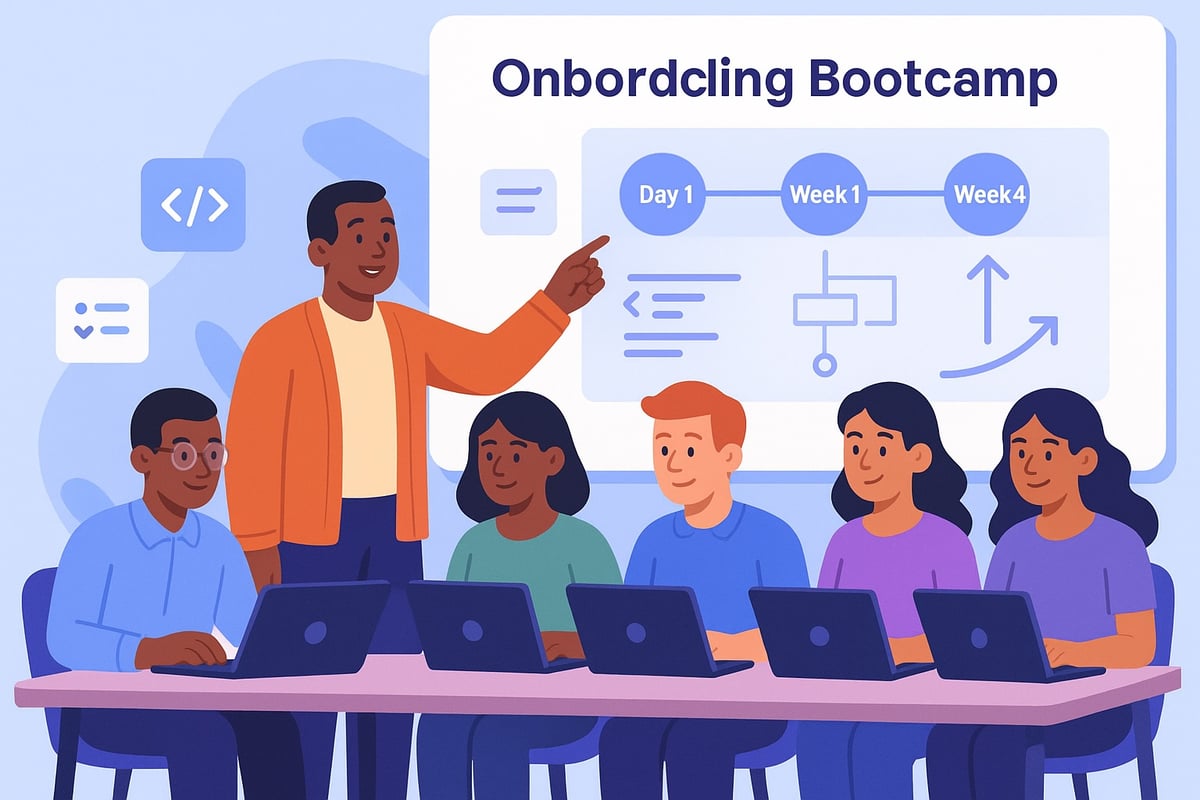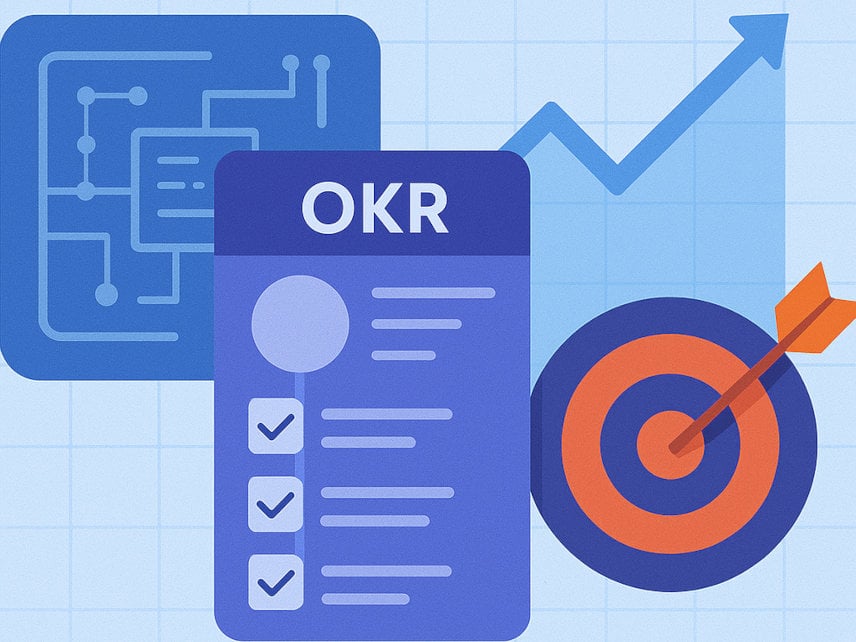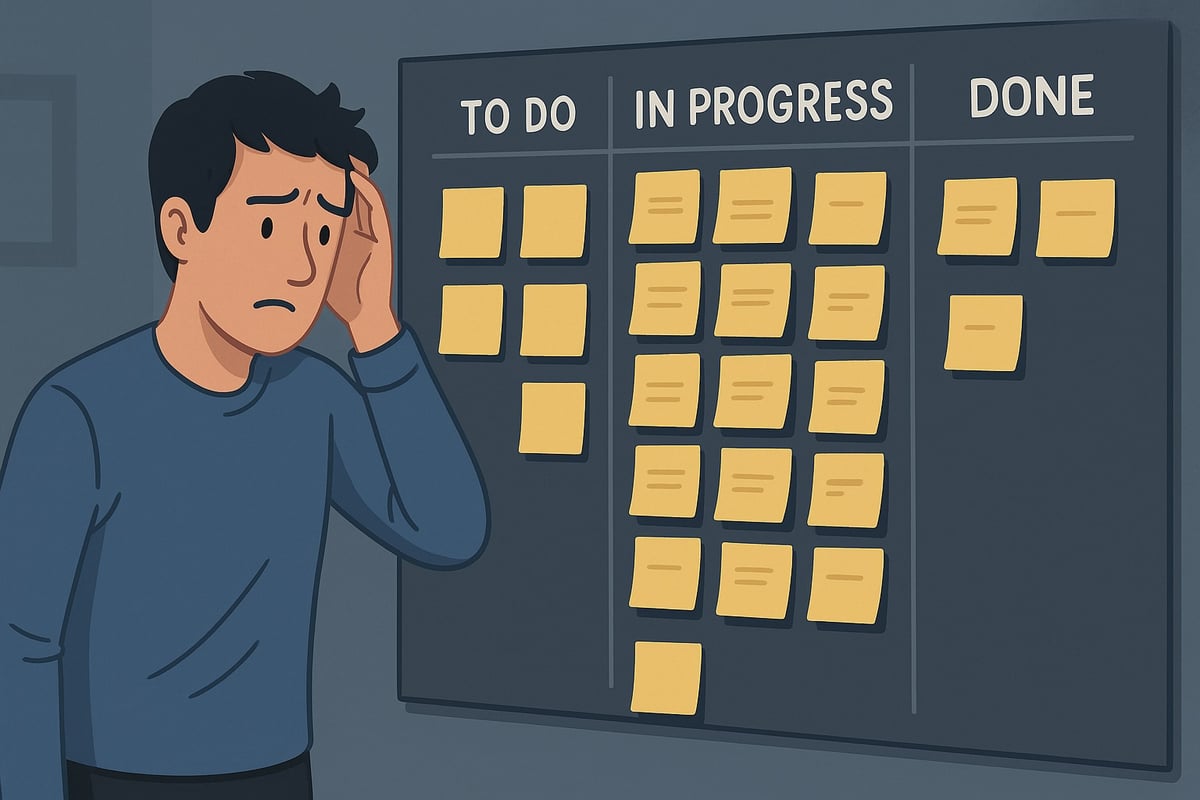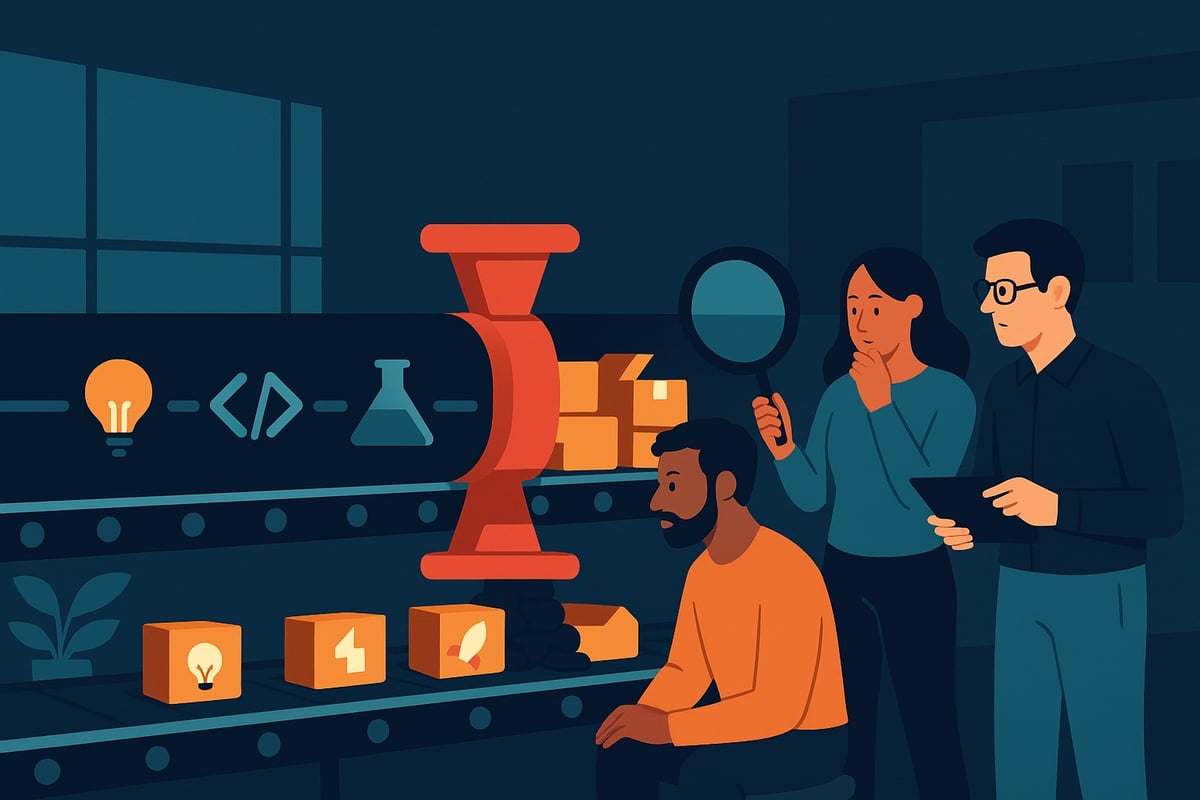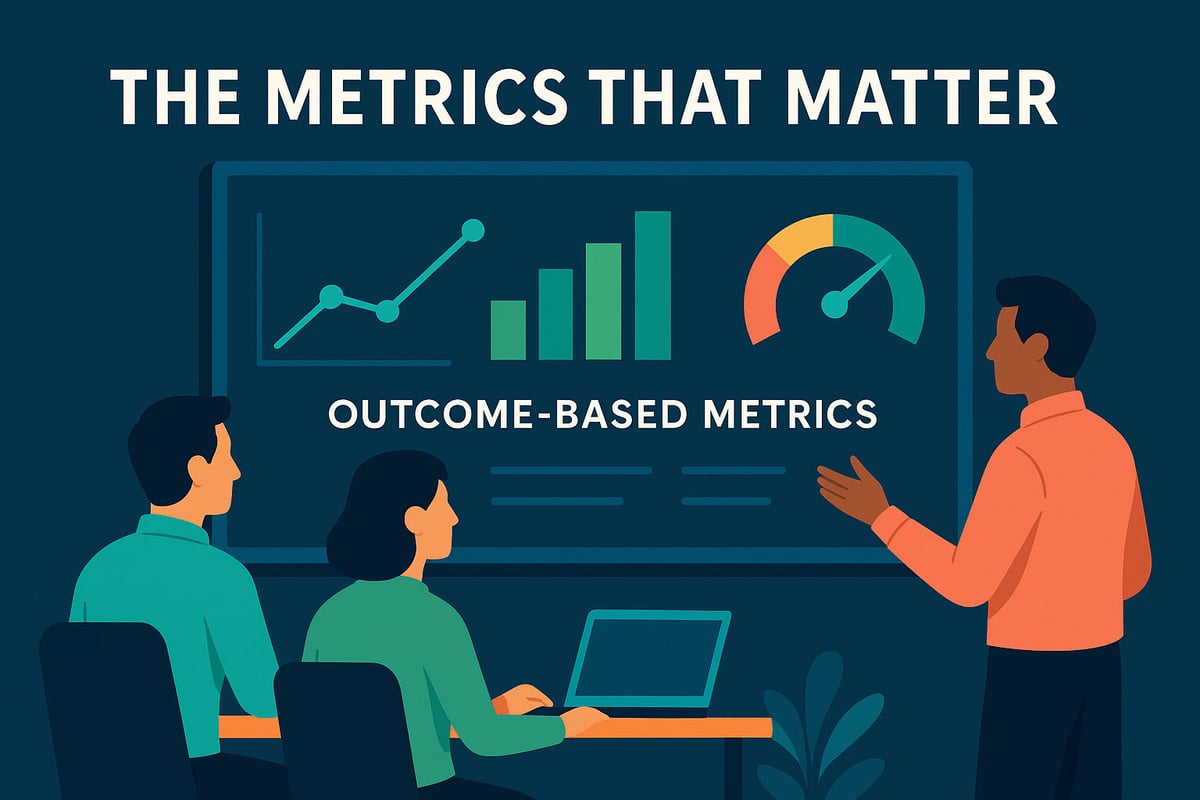Here’s the uncomfortable truth: Only 12% of employees feel their organization delivers great onboarding. Meanwhile, poor onboarding can tank your productivity and send talented developers running for the exits.
But elite teams are doing it. They’re getting new hires to full productivity in just 30 days. Google’s “Noogler” program has developers committing code in under an hour. And properly structured onboarding programs deliver significant ROI within the first year.
This isn’t just wishful thinking. It’s what happens when you treat onboarding as a strategic accelerator rather than an HR checkbox. Let me show you how to build a 30-day bootcamp that transforms confused newcomers into confident contributors.
The Hidden Cost of Sink-or-Swim Onboarding
Every engineering leader knows that sinking feeling when a promising new hire quits after three months. You’ve invested in recruiting, interviews, and salary just to watch them walk away frustrated.
The impact is real and measurable. Without structured onboarding, retention plummets in the first month, while well-designed programs dramatically improve long-term employee satisfaction. And here’s what nobody tells you: Every improvement you make to Time to First Commit creates exponential value over a developer’s tenure. That’s the compounding effect of confidence and early wins.
The Pre-Boarding Advantage: Start Before Day One
The most overlooked onboarding phase happens before your developer even shows up. Netflix automates most of the tool configurations before day one, freeing new hires to focus on human connections rather than setup headaches.
Your pre-boarding essentials:
- Ship hardware early (laptop, monitors, peripherals)
- Set up all accounts in advance (email, Slack, GitHub)
- Share team profiles and architecture overviews
- Provide micro-tutorials on your frameworks
Microsoft found that effective pre-boarding helps new hires become fully effective 25% faster. It’s not busywork, it’s strategic acceleration.
Day 1: Psychological Safety Beats Technical Setup
Forget spending the first day wrestling with environment configurations. Elite teams prioritize something more important: making new developers feel they belong.
Google’s “Noogler” approach shows the way:
- Assign a dedicated buddy for immediate support
- Create low-risk quick wins (fixing typos, updating docs)
- Make team introductions that cover working styles, not just names
- Set clear expectations for the first week
The goal is to get new developers to commit code in under 4 hours. Not because the code matters, but because contributing early builds confidence. When developers understand their environment, they’re substantially more productive. That’s the power of psychological safety from day one.
Week 1: Foundation Building
The first week sets the trajectory. Microsoft achieved a reduction in Time to First Commit by following this structured approach:
Days 2-3: Codebase Navigation
- Use IDE plugins for guided exploration (cuts “Where’s X?” questions by half)
- Provide sandbox environments for safe experimentation
- Share visual architecture diagrams
Days 4-5: First Real Contribution
- Assign well-defined “good first issues”
- Pair program on meaningful features
- Celebrate that first merged PR
Day 7: Knowledge Check
- Run domain-specific assessments
- Shadow customer support for business context
- Complete an independent code review
The secret? Sandbox environments where mistakes don’t matter. Let developers break things and learn without production risk.
Weeks 2-4: The 70/20/10 Learning Formula
After week one, accelerate with this proven model:
70% Hands-on Coding
- Progress from bug fixes to feature ownership
- Ship to production by week 3
- Own small user stories independently
20% Mentoring
- Weekly 1:1s on architecture and technical decision-making
- Structured code reviews with specific feedback
- Pair programming on complex features
10% Formal Training
- Platform certifications
- Tool workshops
- Best practices sessions
Teams using this model maintain velocity when scaling. That’s the difference between growth and technical debt.
Hybrid Mentorship: Two Mentors Are Better Than One
Ditch the single-mentor model. Modern teams use hybrid mentorship:
Technical Buddies handle the day-to-day:
- Code reviews and debugging help
- Pair programming sessions
- Tool guidance and shortcuts
Career Mentors focus on the big picture:
- Align personal goals with team objectives
- Navigate company culture
- Plan career development
Companies with structured mentoring see 50% higher retention. When you align individual growth with organizational goals, everybody wins.
Metrics That Actually Matter
You can’t improve what you don’t measure. Track these key performance indicators:
Time to First Commit (TTFC)
- Elite teams: <1 hour
- Your target: <4 hours
Time to Productivity (TTP)
- Target: 30 days for independent feature delivery
- AI tools can cut this down
30-Day Retention
- With structured onboarding: 96%
- Without: 89%
Developer Satisfaction
- Top teams score 4.2-4.8/5
- Track confidence levels weekly
Documentation That Developers Actually Read
Living documentation cuts onboarding friction. Focus on:
- Architecture Decision Records: Explain the “why” behind choices
- Runbook templates: Step-by-step troubleshooting guides
- Interactive checklists: Track progress in real-time
Keep it fresh with Git-based versioning and automated freshness checks. When documentation lives in the codebase, it stays accurate.
Avoid These Common Pitfalls
Information overload: Cap daily learning. Nobody can absorb 8 hours of new information.
Missing business context: Have new hires shadow customer support. Nothing beats hearing real user problems.
Inconsistent environments: Use Infrastructure as Code or Docker. Every developer gets the same setup.
Mentor burnout: Rotate mentoring duties. Spread the load across your team.
Your Implementation Roadmap
Ready to transform your onboarding? Start here:
Month 1: Pilot with one team. Set up Infrastructure as Code or Docker, implement the buddy system, and start tracking Time to First Commit.
Month 2: Add measurement. Deploy satisfaction surveys, create dashboards, and gather feedback.
Month 3: Scale to all teams. Automate what works, iterate on what doesn’t.
The Bottom Line
Here’s the choice: Keep treating onboarding as an HR checkbox, or turn it into your secret weapon for building high-performance teams.
Strong onboarding gets developers contributing in their first week. The ROI is proven. The playbook is clear.
The only question: How much longer will you let new developers sink or swim?
Start small. Pick one thing from this guide and implement it next week. Your future team will thank you.


